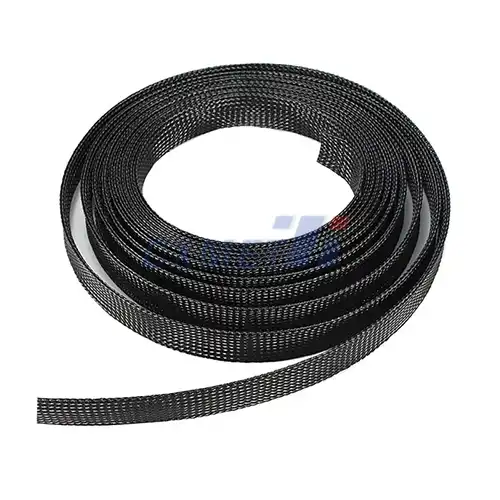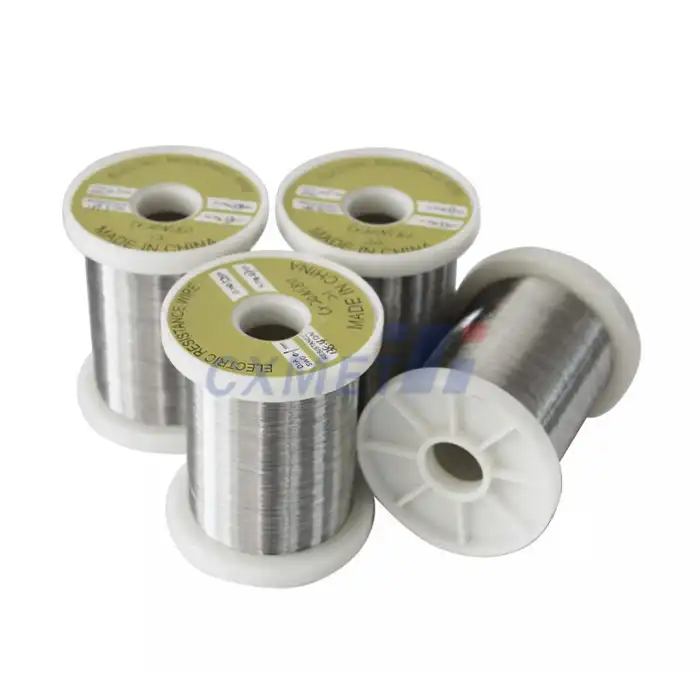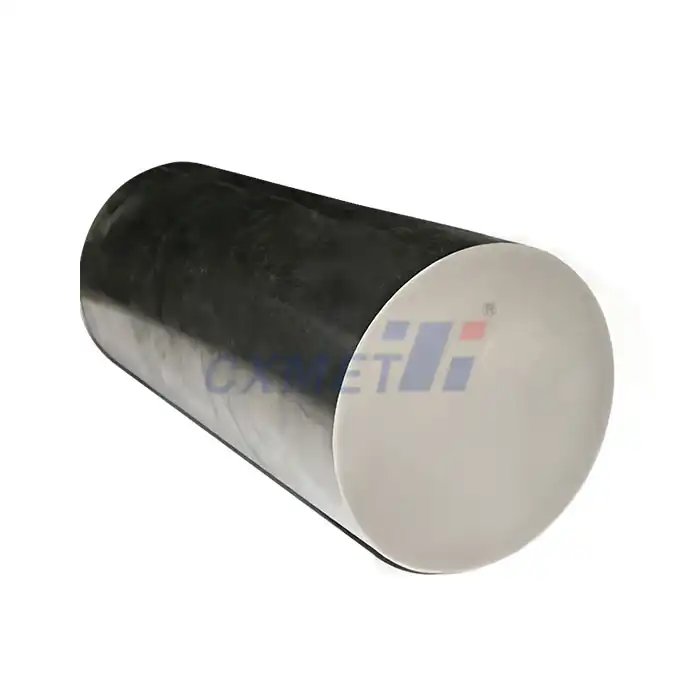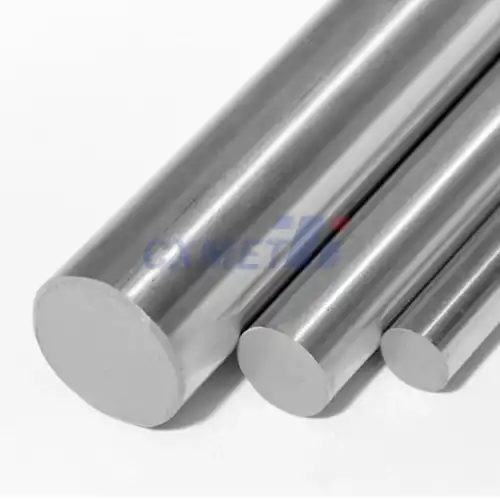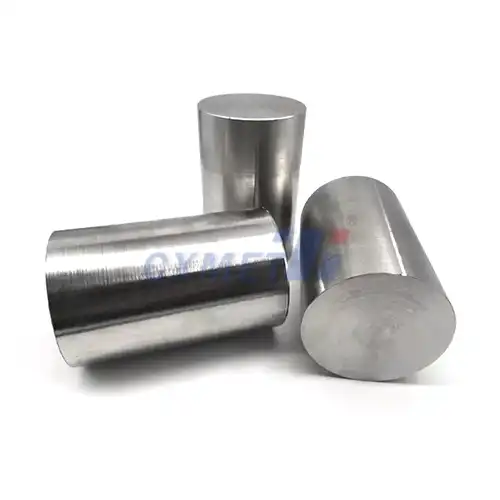- English
- French
- German
- Portuguese
- Spanish
- Russian
- Japanese
- Korean
- Arabic
- Greek
- German
- Turkish
- Italian
- Danish
- Romanian
- Indonesian
- Czech
- Afrikaans
- Swedish
- Polish
- Basque
- Catalan
- Esperanto
- Hindi
- Lao
- Albanian
- Amharic
- Armenian
- Azerbaijani
- Belarusian
- Bengali
- Bosnian
- Bulgarian
- Cebuano
- Chichewa
- Corsican
- Croatian
- Dutch
- Estonian
- Filipino
- Finnish
- Frisian
- Galician
- Georgian
- Gujarati
- Haitian
- Hausa
- Hawaiian
- Hebrew
- Hmong
- Hungarian
- Icelandic
- Igbo
- Javanese
- Kannada
- Kazakh
- Khmer
- Kurdish
- Kyrgyz
- Latin
- Latvian
- Lithuanian
- Luxembou..
- Macedonian
- Malagasy
- Malay
- Malayalam
- Maltese
- Maori
- Marathi
- Mongolian
- Burmese
- Nepali
- Norwegian
- Pashto
- Persian
- Punjabi
- Serbian
- Sesotho
- Sinhala
- Slovak
- Slovenian
- Somali
- Samoan
- Scots Gaelic
- Shona
- Sindhi
- Sundanese
- Swahili
- Tajik
- Tamil
- Telugu
- Thai
- Ukrainian
- Urdu
- Uzbek
- Vietnamese
- Welsh
- Xhosa
- Yiddish
- Yoruba
- Zulu
How Can I Verify the Quality of Grade 1 Titanium Bars?
2024-09-14 12:01:29
Grade 1 titanium, also known as commercially pure titanium, is prized for its excellent corrosion resistance and formability. As a critical material in various industries, from aerospace to medical implants, ensuring the quality of Grade 1 titanium bars is paramount. This article delves into the methods and considerations for verifying the quality of these high-performance metal products, providing insights for manufacturers, engineers, and quality control professionals.
What Are the Key Properties of High-Quality Grade 1 Titanium Bars?
Grade 1 titanium is the purest and softest of the unalloyed grades of titanium. High-quality Grade 1 titanium bars exhibit a unique combination of properties that make them invaluable in numerous applications:
1. Chemical Composition: Grade 1 titanium should have a minimum titanium content of 99.5%. The remaining 0.5% consists of trace elements such as carbon, iron, oxygen, nitrogen, and hydrogen, each with strict limits to maintain the material's purity and performance characteristics.
2. Mechanical Properties: While Grade 1 titanium is not as strong as its alloyed counterparts, it offers excellent ductility and formability. Typical mechanical properties include:
- Tensile Strength: 240-330 MPa (35-48 ksi)
- Yield Strength: 170-240 MPa (25-35 ksi)
- Elongation: 24% minimum
3. Corrosion Resistance: Grade 1 titanium boasts exceptional resistance to corrosion in various environments, including seawater, body fluids, and many chemical solutions. This resistance stems from the formation of a stable, protective oxide layer on the surface.
4. Low Density: With a density of about 4.51 g/cm³, Grade 1 titanium offers an excellent strength-to-weight ratio, making it ideal for applications where weight reduction is crucial.
5. Biocompatibility: The material's inertness and resistance to bodily fluids make it highly biocompatible, suitable for medical implants and devices.
To verify these properties, manufacturers and end-users employ various testing methods:
- Chemical analysis using techniques such as X-ray fluorescence (XRF) or optical emission spectroscopy (OES) to confirm elemental composition.
- Tensile testing to verify mechanical properties like strength and elongation.
- Hardness testing, typically using the Brinell or Rockwell scales, to ensure consistency across batches.
- Microstructure examination through metallography to assess grain size and structure.
Ensuring that Grade 1 titanium bars meet these key properties is essential for maintaining quality and reliability in end-use applications. Regular testing and adherence to international standards such as ASTM B348 for titanium bars help maintain consistency and quality across production runs.
How Do Manufacturers Ensure Consistent Quality in Grade 1 Titanium Bar Production?
Maintaining consistent quality in Grade 1 titanium bar production is a complex process that requires attention to detail at every stage of manufacturing. Manufacturers employ a combination of strict process controls, advanced technology, and rigorous quality assurance practices to ensure that each titanium bar meets the required specifications.
1. Raw Material Selection and Verification:
The journey to high-quality Grade 1 titanium bars begins with the careful selection of raw materials. Manufacturers source titanium sponge or ingots from reputable suppliers, ensuring that the initial material meets purity standards. Upon receipt, these raw materials undergo thorough inspection and testing to verify their chemical composition and freedom from contaminants.
2. Melting and Ingot Formation:
The melting process is critical in determining the final quality of the titanium bars. Manufacturers typically use vacuum arc remelting (VAR) or electron beam melting (EBM) techniques to create homogeneous ingots with minimal impurities. These processes occur in controlled environments to prevent contamination and ensure consistent chemical composition throughout the ingot.
3. Forging and Hot Working:
After solidification, the ingots undergo forging and hot working processes to break down the cast structure and improve mechanical properties. This step requires precise control of temperature, pressure, and deformation rates to achieve the desired microstructure and properties.
4. Heat Treatment:
Heat treatment processes, such as annealing, are employed to relieve internal stresses, refine grain structure, and enhance ductility. The specific heat treatment parameters are carefully controlled to achieve the desired balance of properties for Grade 1 titanium.
5. Bar Forming and Finishing:
The titanium is then formed into bars through processes like extrusion or rolling. These operations require tight control of temperature and deformation rates to maintain material properties and achieve the required dimensions and surface finish.
By implementing these comprehensive quality control measures, manufacturers can ensure consistent production of high-quality Grade 1 titanium bars. This attention to detail at every stage of production results in materials that meet or exceed industry standards, providing reliability and performance for critical applications across various sectors.
What Testing Methods Are Used to Certify Grade 1 Titanium Bar Quality?
Certifying the quality of Grade 1 titanium bars involves a comprehensive suite of testing methods designed to verify the material's chemical, mechanical, and physical properties. These tests ensure that the titanium bars meet the stringent requirements for Grade 1 classification and are suitable for their intended applications. Here's an in-depth look at the key testing methods used in the certification process:
1. Chemical Composition Analysis:
Accurate determination of the elemental composition is crucial for Grade 1 titanium certification. The following methods are commonly employed:
- X-ray Fluorescence (XRF) Spectroscopy:
- Non-destructive technique that provides rapid elemental analysis.
- Useful for detecting major and minor elements in titanium.
- Offers quick results, making it ideal for in-process quality control.
- Optical Emission Spectroscopy (OES):
- Provides precise quantitative analysis of elemental composition.
- Can detect trace elements at very low concentrations.
- Often used for final certification of chemical composition.
- Inert Gas Fusion:
- Specifically used to determine interstitial elements like oxygen, nitrogen, and hydrogen.
- Critical for Grade 1 titanium, as these elements significantly affect mechanical properties.
2. Mechanical Property Testing:
Verifying the mechanical characteristics of Grade 1 titanium bars is essential to ensure they meet performance requirements:
- Tensile Testing:
- Determines ultimate tensile strength, yield strength, and elongation.
- Conducted according to standards like ASTM E8/E8M.
- Provides critical data on the material's strength and ductility.
- Hardness Testing:
- Usually performed using Brinell or Rockwell scales.
- Offers a quick and non-destructive method to estimate strength.
- Useful for quality control checks during production.
- Impact Testing:
- While less common for Grade 1 titanium, it may be required for specific applications.
- Assesses the material's toughness and resistance to sudden loads.
3. Microstructure Examination:
Analyzing the internal structure of the titanium bars provides insights into their processing history and potential performance:
- Metallographic Analysis:
- Involves preparing, etching, and examining polished samples under a microscope.
- Reveals grain size, shape, and distribution.
- Can identify any abnormalities in the microstructure that might affect properties.
- Electron Microscopy:
- Scanning Electron Microscopy (SEM) for detailed surface and fracture analysis.
- Transmission Electron Microscopy (TEM) for nanoscale structure examination, if required.
4. Non-Destructive Testing (NDT):
These methods assess the integrity of the titanium bars without causing damage:
- Ultrasonic Testing:
- Detects internal defects such as voids, inclusions, or cracks.
- Can be automated for 100% inspection of production runs.
- Eddy Current Testing:
- Identifies surface and near-surface defects.
- Useful for detecting variations in composition or heat treatment.
- Liquid Penetrant Inspection:
- Reveals surface-breaking defects not visible to the naked eye.
- Particularly useful for detecting fine cracks or porosity.
5. Corrosion Testing:
While Grade 1 titanium is known for its excellent corrosion resistance, specific tests may be conducted for certain applications:
- Salt Spray Testing:
- Evaluates corrosion resistance in marine or coastal environments.
- Conducted according to standards like ASTM B117.
- Electrochemical Testing:
- Assesses corrosion behavior in specific chemical environments.
- Provides data on corrosion rates and passivation characteristics.
6. Dimensional and Surface Quality Inspection:
Ensuring the titanium bars meet physical specifications is crucial for many applications:
- Dimensional Measurements:
- Verify compliance with size tolerances using precision measuring tools.
- May include diameter, length, straightness, and roundness checks.
- Surface Roughness Testing:
- Quantifies surface texture using profilometers or other specialized equipment.
- Important for applications where surface finish affects performance.
- Visual Inspection:
- Identifies surface defects, discoloration, or other visible abnormalities.
- Often conducted under controlled lighting conditions.
The certification process for Grade 1 titanium bars typically involves a combination of these testing methods, with the specific suite of tests determined by industry standards, customer requirements, and the intended application. Test results are documented in material test reports (MTRs) or certificates of conformance, providing a comprehensive record of the material's properties and quality.
By employing this rigorous battery of tests, manufacturers and end-users can have confidence in the quality, consistency, and performance of Grade 1 titanium bars. This thorough approach to quality certification ensures that these critical materials meet the exacting standards required for applications in aerospace, medical, chemical processing, and other demanding industries.
At SHAANXI CXMET TECHNOLOGY CO., LTD, we take pride in our extensive product range, which caters to diverse customer needs. Our company is equipped with outstanding production and processing capabilities, ensuring the high quality and precision of our products. We are committed to innovation and continuously strive to develop new products, keeping us at the forefront of our industry. With leading technological development capabilities, we are able to adapt and evolve in a rapidly changing market. Furthermore, we offer customized solutions to meet the specific requirements of our clients. If you are interested in our products or wish to learn more about the intricate details of our offerings, please do not hesitate to contact us at sales@cxmet.com. Our team is always ready to assist you.
References
1. ASTM International. (2020). ASTM B348 - Standard Specification for Titanium and Titanium Alloy Bars and Billets.
2. Boyer, R., Welsch, G., & Collings, E. W. (1994). Materials Properties Handbook: Titanium Alloys. ASM International.
3. Donachie, M. J. (2000). Titanium: A Technical Guide. ASM International.
4. Lutjering, G., & Williams, J. C. (2007). Titanium. Springer-Verlag Berlin Heidelberg.
5. Peters, M., Hemptenmacher, J., Kumpfert, J., & Leyens, C. (2003). Structure and Properties of Titanium and Titanium Alloys. In Titanium and Titanium Alloys: Fundamentals and Applications (pp. 1-36). Wiley-VCH.
6. Leyens, C., & Peters, M. (Eds.). (2003). Titanium and Titanium Alloys: Fundamentals and Applications. John Wiley & Sons.
7. Rack, H. J., & Qazi, J. I. (2006). Titanium alloys for biomedical applications. Materials Science and Engineering: C, 26(8), 1269-1277.
8. Banerjee, D., & Williams, J. C. (2013). Perspectives on titanium science and technology. Acta Materialia, 61(3), 844-879.
9. Froes, F. H. (Ed.). (2015). Titanium: Physical Metallurgy, Processing, and Applications. ASM International.
10. Inagaki, I., Takechi, T., Shirai, Y., & Ariyasu, N. (2014). Application and Features of Titanium for the Aerospace Industry. Nippon Steel & Sumitomo Metal Technical Report, 106, 22-27.
